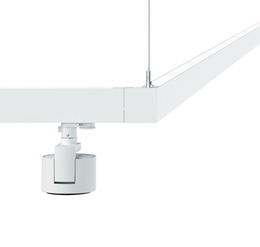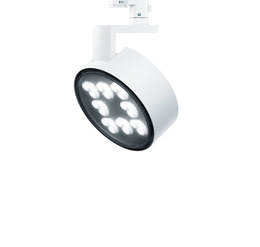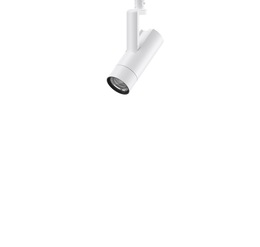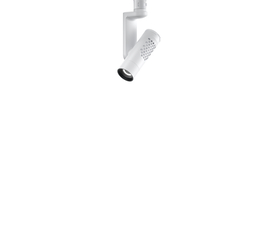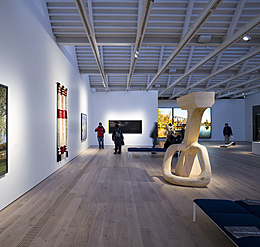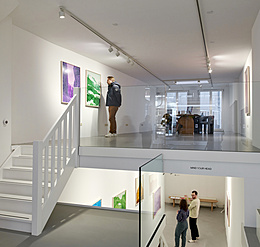
The “Cuore” room, which serves as the museum’s archive, houses sensitive drawings, graphics, photos and books. The room’s design is highly functional, with windows on one side allowing natural light, exhibition walls on the other, and reading tables arranged in between. The functional requirements for task and exhibition lighting in this space are complex, necessitating a flexible lighting solution. The chosen setup features three parallel Hi-trac track with Parscan spotlights, creating various lighting levels that can be controlled separately and individually via Bluetooth Casambi. This adaptable lighting system allows for customized illuminance to protect sensitive drawings and objects, meeting specific conservation needs while also supporting the versatile use of the room and contributing significantly to energy savings.








